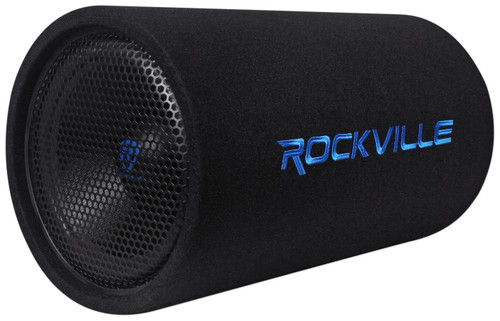Just a heads up on wattage ratings of amps - a lot of the lower priced models exaggerate their output ratings at high distortion and 1kHz freqs to make them appear powerful when in actual use pumping music, they're not. As a rough guide with digital amps, you can use conversion ratings of 1amp per 10 watts of power into 2ohm loads, so a 20a fuse is needed for 200w max at 2ohms.
For instance, a 600w mono amp with a 20a fuse is not possible - with only a 20a fuse this is really max 200w which is 1/3 of the claimed power output at 2ohms which means only 100w or so at 4ohms. Not a lot of oomph for a sub capable of 175-200w. Other factors such as damping and peak-to-peak voltage response affects how well an amp can control and pump a woofer or subwoofer. And how well an amp can handle that power output with discrete power stages, stable voltage control, and proper heat sinking, is part of the price you pay.
As another example, a 500w stereo amp with a 50a fuse is properly rated at 2ohms and you can expect to get up to 500w out of it. That's also why a head unit that claims 200w total output can really only pump 5w of clean power using a 10a fuse, and why adding a real 200w amp will get your speakers pumping hard when the head unit can't.
You get what you pay for...while it will work when you use cheaper amps, don't expect max performance when you cut corners and costs to save some money. Good audio is not cheap. It doesn't have to be super expensive as the performance curve plateaus as prices increase, but you need to realistic about costs vs performance.










